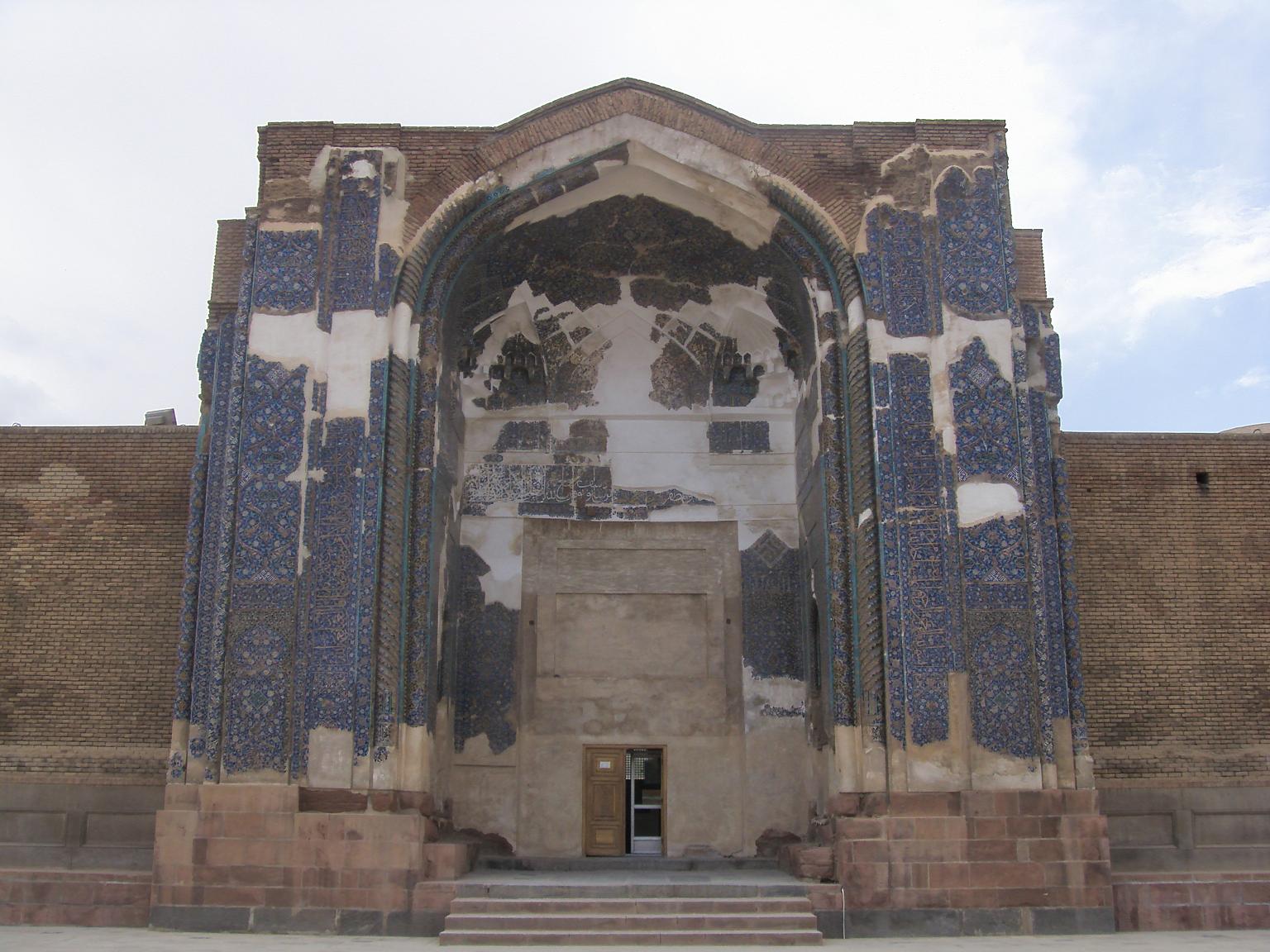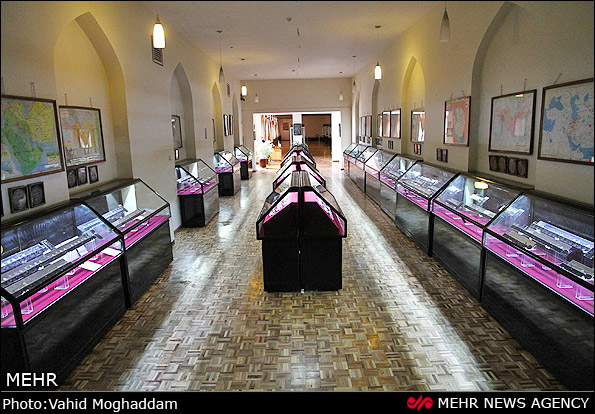Tabriz Bazaar, East Azerbaijan, Iran

Tabriz has been a place of cultural exchange since antiquity and its historic bazaar complex is one of the most important commercial centres on the Silk Road. Tabriz Historic Bazaar Complex consists of a series of interconnected, covered, brick structures, buildings, and enclosed spaces for different functions. Tabriz and its Bazaar were already prosperous and famous in the 13th century, when the town, in the province of Eastern Azerbaijan, became the capital city of the Safavid kingdom. The city lost its status as capital in the 16th century, but remained important as a commercial hub until the end of the 18th century, with the expansion of Ottoman power. It is one of the most complete examples of the traditional commercial and cultural system of Iran.
The magnificent, labyrinthine covered bazaar covers some 7 sq km with 24 separate caravanserais and 22 impressive timchehs (domed halls). Construction began over a millennium ago, though much of the fine brick vaulting is 15th century. It is a Unesco World Heritage Site. There are several carpet sections, according to knot-size and type. The spice bazaar has a few shops still selling herbal remedies and natural perfumes. A couple of hat shops (Bazaar Kolahdozan) sell traditional papakh (Azari hats, from US$12) made of tight-curled astrakhan wool. Other quarters specialise in gold, shoes and general household goods.
For such a huge construction, the bazaar is surprisingly easy to miss. A useful entrance is the second narrow passage east of the tourist information office. This takes you into the jewellery section.
www.lonelyplanet.com
http://whc.unesco.org



